Padlet settings menu
Padlets can be customized in a number of ways by adjusting the settings. Learn about how to access the Settings menu (⚙️) and what features you can enable!
Accessing padlet settings
The Settings menu allows you to control all of the aesthetic and functional elements of your padlet. This includes your padlet's title, appearance and engagement options.
For boards, you can access your Settings menu by clicking the Settings cog icon (⚙️) on your action bar.

For Sandbox, the Settings cog icon (⚙️) will be at the top right of your screen.
Settings menu
Heading
Under Heading, you control your padlet's title, description and icon. Once saved, these three elements will appear in the top left corner of your padlet.
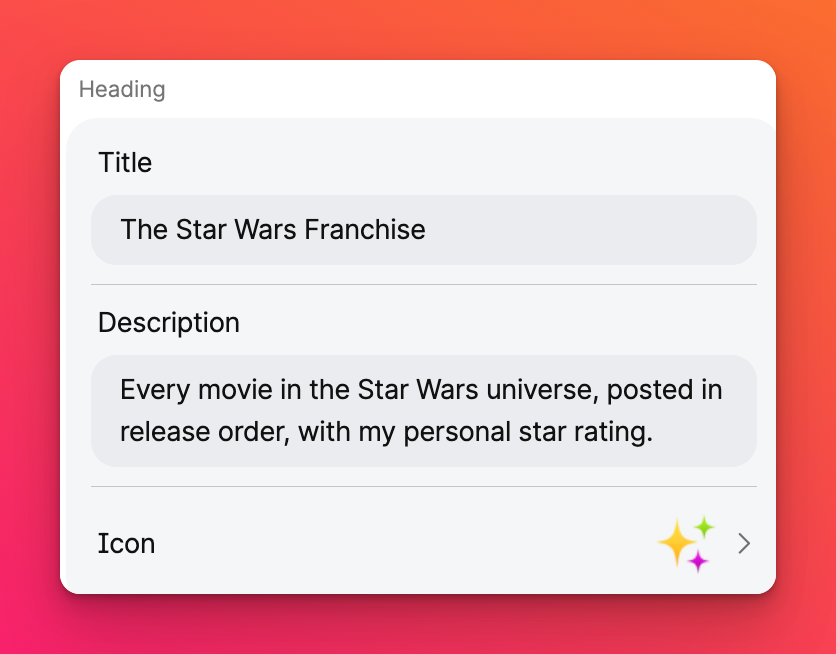
The title will appear in your padlet's URL and will be the title of your presentation if you generate one with Slideshow. The selected icon will be the padlet's favicon - meaning the little image on your browser tab.
Appearance
Under Appearance, you control your padlet's wallpaper, color scheme, font and post size.
Padlet provides a litany of wallpaper options divided into categories such as plain colors, gradients, patterns and illustrations.
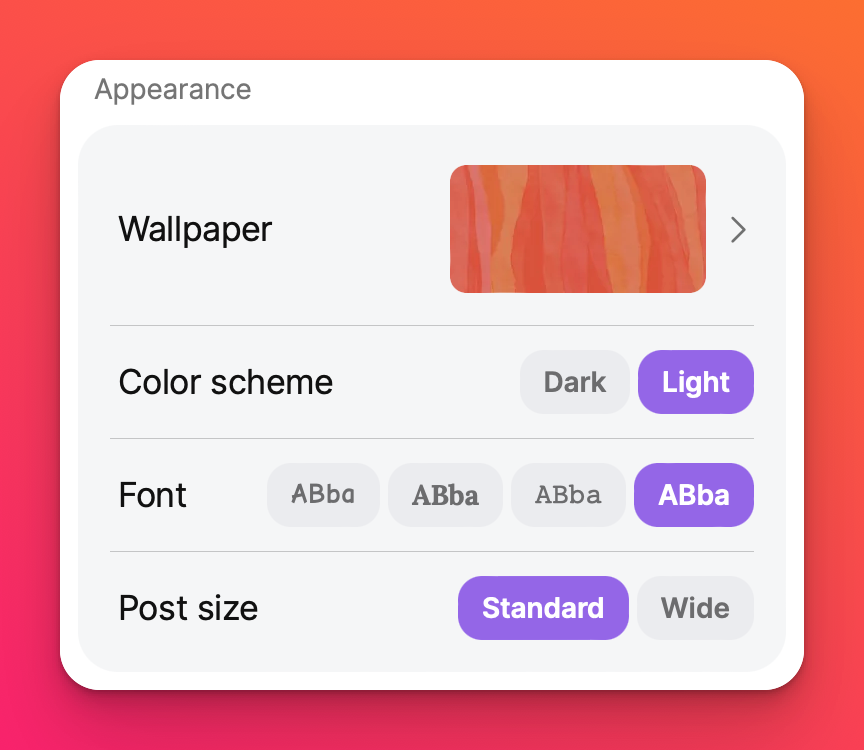
You can also add your own custom wallpaper! However, it is advised that you use a Padlet-provided wallpaper to guarantee your padlets to be beautiful. Certain wallpapers will even apply unique accent colors to the buttons and fonts on your padlet.
The color scheme determines the generic color of posts, and four tried and true basic font options are provided.
Layout / Theme
Boards
In the Settings panel under Layout, choose the format in which you'd like your board to be displayed. Click on the drop-down menu and click an option to see the changes on your padlet in real time. Easily see which format displays your creation best.
You also have the ability to toggle sections on and off. Sections allow you to group posts by category and provide extra structure for your padlet.
To control how your posts are sorted, click on the drop-down menu next to 'Sort by.' There are automatic sorting options and manual sorting options. Learn more about sorting here.
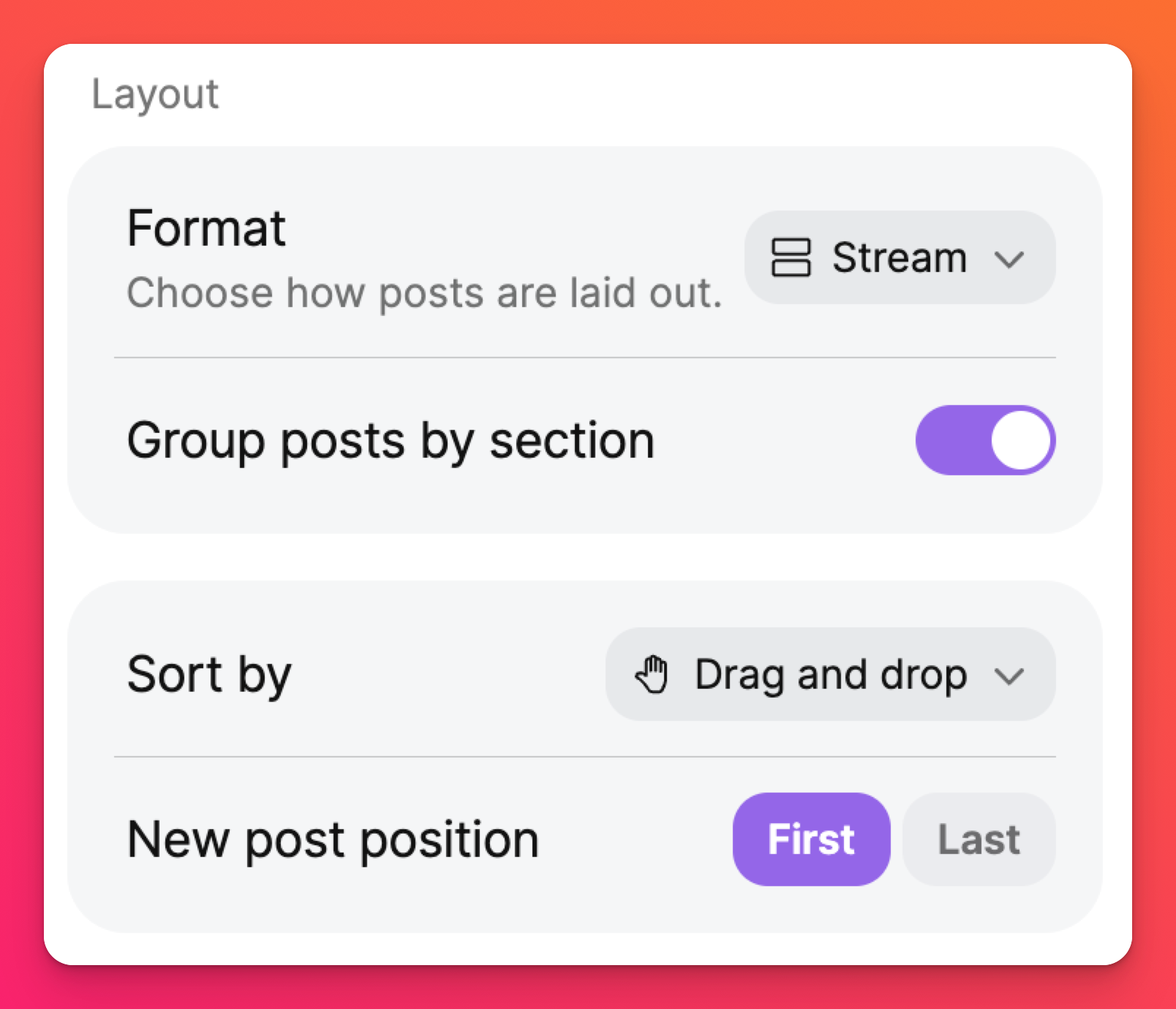
'New post position' will allow you to determine whether new posts are added first or last.
Sandbox
In the Settings panel under Theme, choose the card background and font style to be automatically populated to all newly created cards.
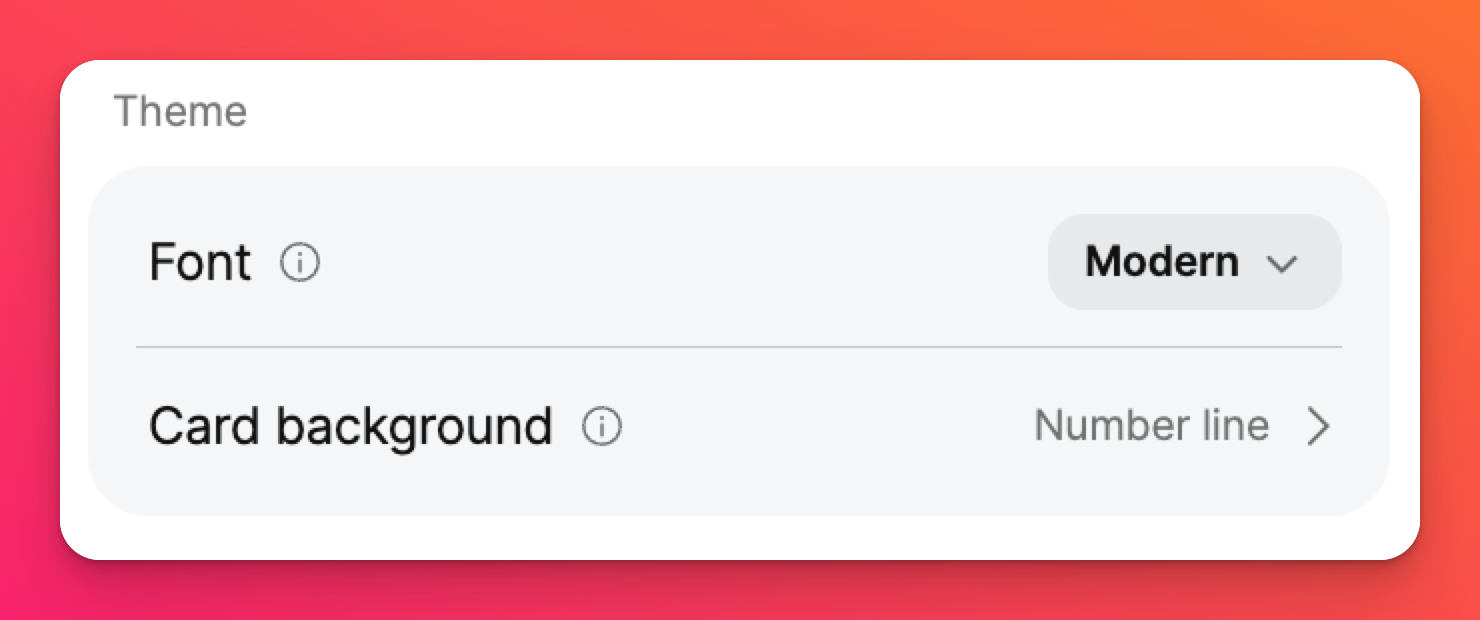
Engagement
Choose how everyone will interact with your padlet! You can toggle whether users are allowed to comment on posts under 'Comments.'
'Reactions' are also an option! Choose between users being able to Like posts, Vote on their favorite pizza topping, give 1-5 Star ratings, etc. If none of these are an option for you simply select None.
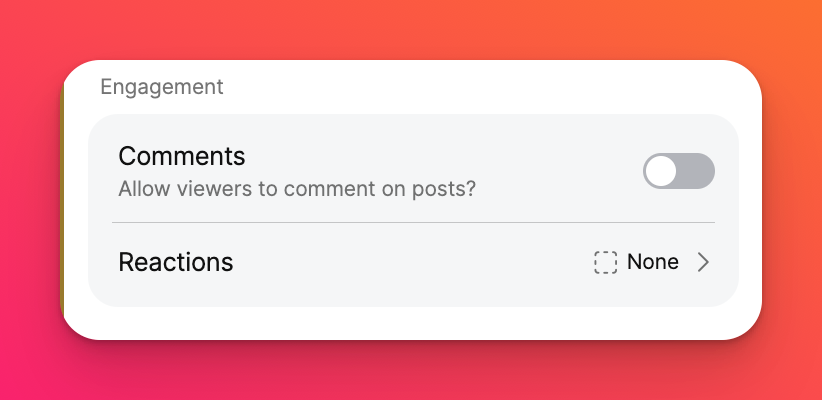
Posts
In Posts, you control the rules for new and existing posts on your padlet.
Author and timestamp
If you click Show for the 'Author and timestamp' option, posts by users who are logged in to their accounts will display the author's name and post a timestamp. Posts by users without accounts will appear as anonymous.
Post fields
Customize how your post composer looks when you are creating a post. Choose which attachment tools are visible to others when posting, enter placeholders for the title and body of your posts and even create custom fields! You can read more about Post fields and how they work here.
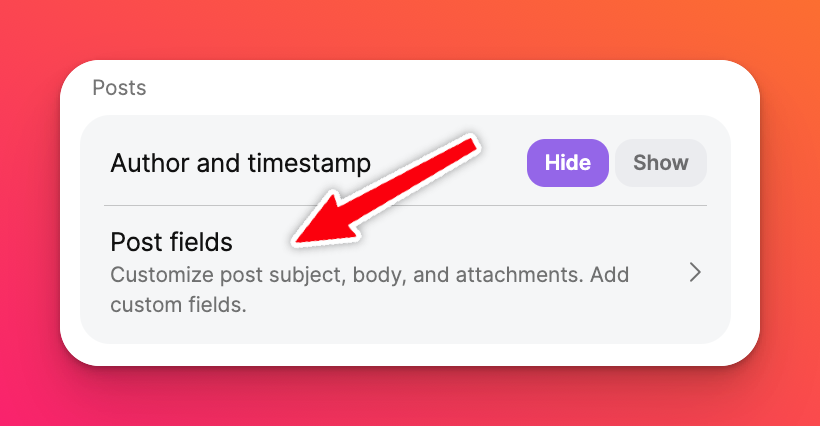
Collaboration
While using Sandbox with a group of people, if the collaborator cursors become a bit distracting - turn them off! Under the Collaboration section, toggle the button next to 'Cursors' to the OFF position.
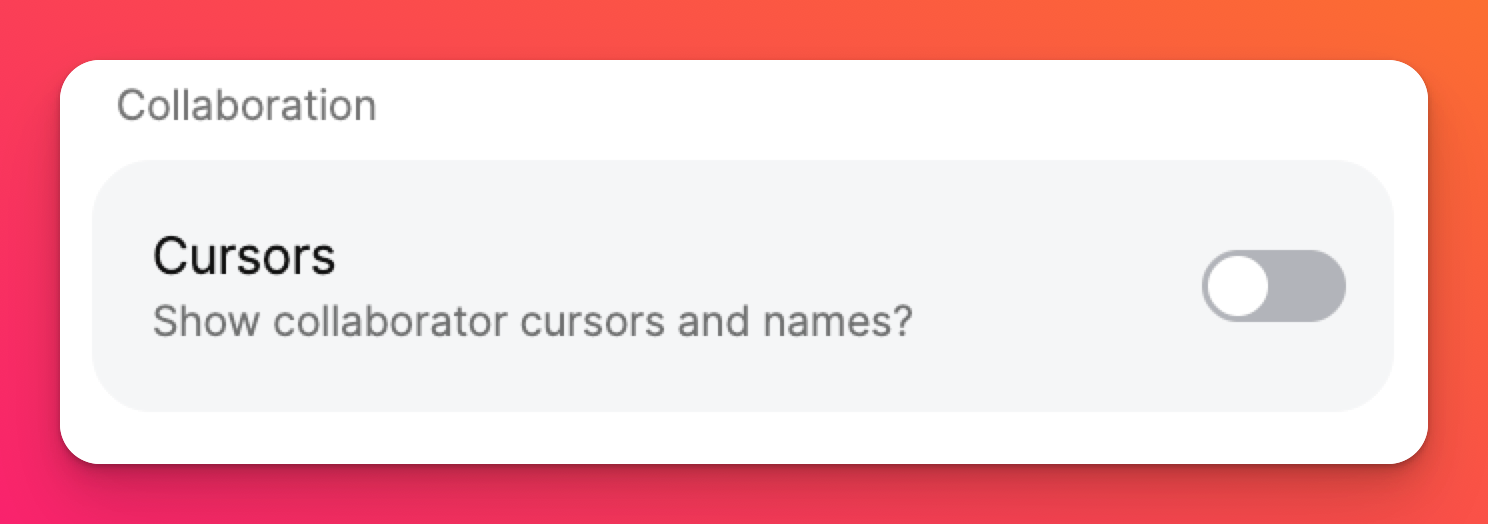
Content
Under Content, you can control the 'Moderation' settings. Safety Net - our content moderation technology - monitors everything on your padlet depending on the level of moderation you've set.
Moderation
There are three levels: None (no moderation), Auto (automatic moderation powered by AI), or Manual (all posts require approval before being displayed).
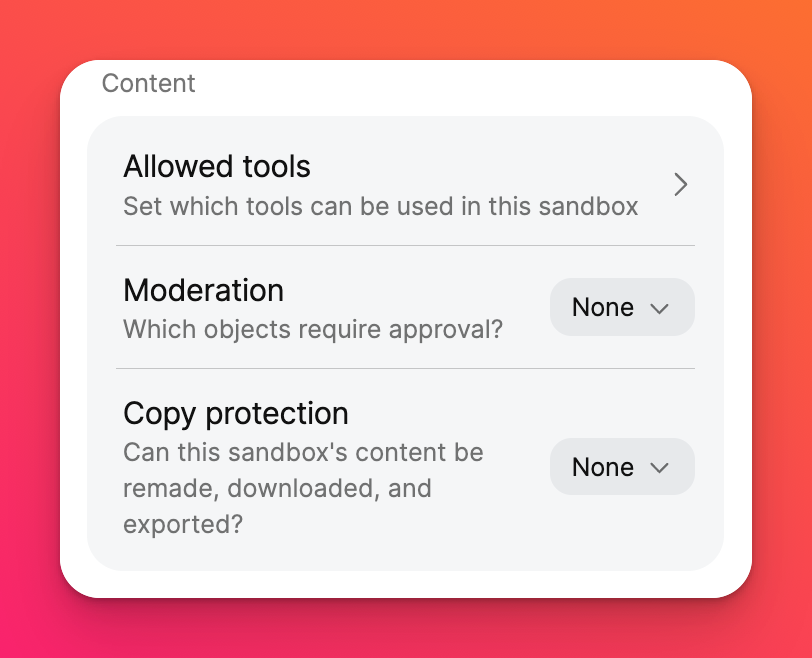
Copy protection
Protect your content by preventing other users from remaking your padlet, downloading the attachments or exporting the padlet. You can read more about Copy protection here!
Allowed tools
Within a Sandbox, if you'd like to customize which tools to allow other collaborators to use when posting, you can do so in the Allowed tools menu.
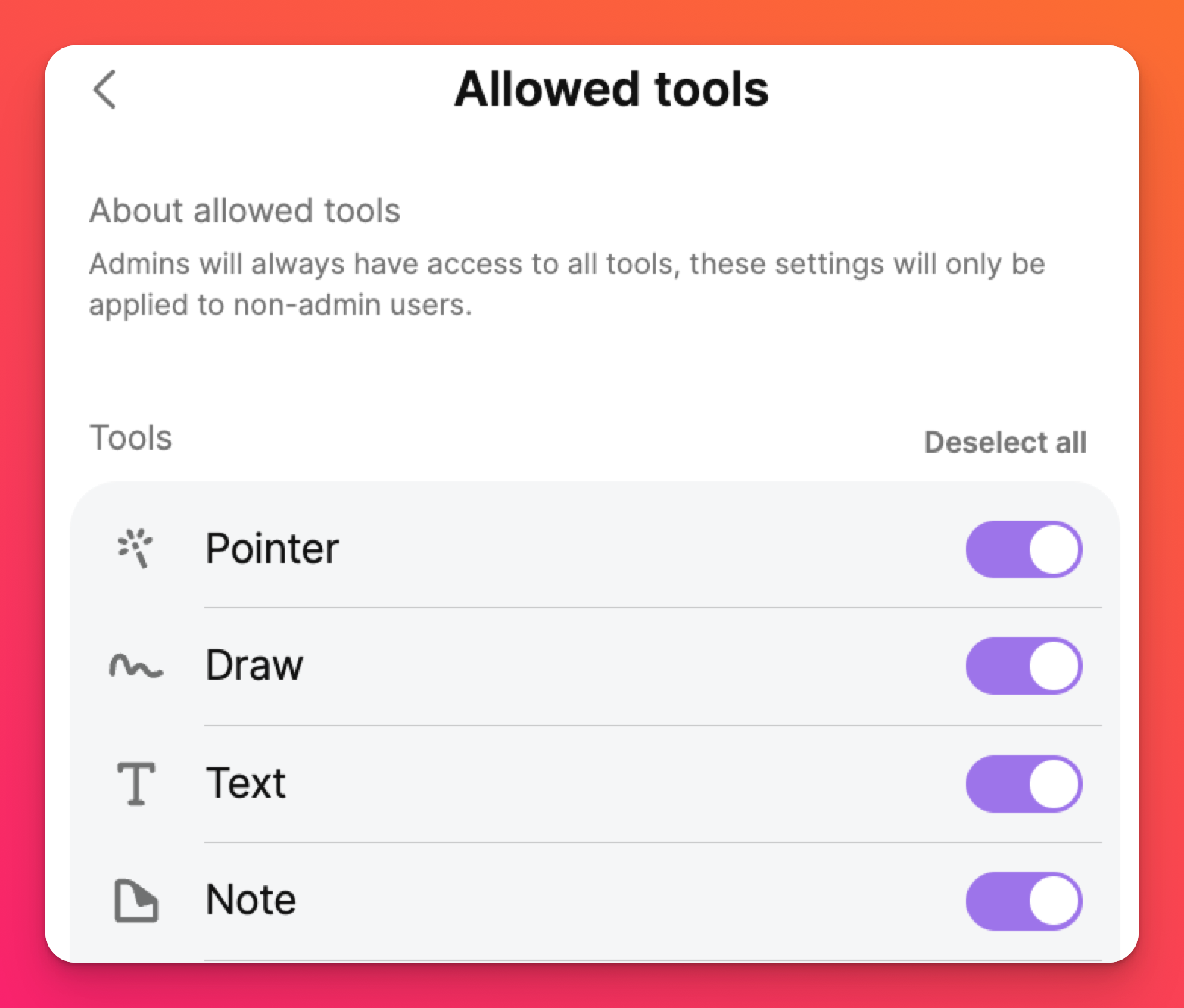
Advanced
Customize the URL for your padlet. Name it anything you want! If it's not already taken, it's yours!


